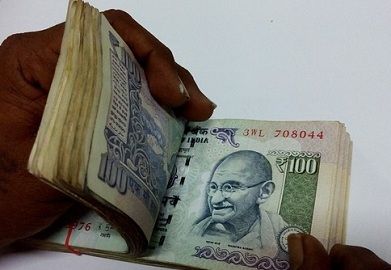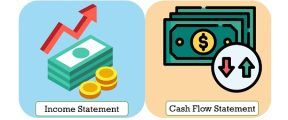 Every business organization, irrespective of the size, structure, and nature, needs cash for running the business smoothly. In the absence of sufficient cash, the business may not be able to fulfill long term and short term obligations, which might lead to discontinuation of business. The movement of cash can be of two types i.e. cash flow and free cash flow. Cash flow refers to the inflow and outflow of cash to/from the organization.
Every business organization, irrespective of the size, structure, and nature, needs cash for running the business smoothly. In the absence of sufficient cash, the business may not be able to fulfill long term and short term obligations, which might lead to discontinuation of business. The movement of cash can be of two types i.e. cash flow and free cash flow. Cash flow refers to the inflow and outflow of cash to/from the organization.
On the contrary, Free cash flow, as the name suggests, is the cash available to the business enterprise. There are many who do not understand the terms clearly and end up juxtaposing the two. so, take a read of the given article to understand the difference between cash flow and free cash flow.
Content: Cash Flow and Free Cash Flow
Comparison Chart
| Basis for Comparison | Cash Flow | Free Cash Flow |
|---|---|---|
| Meaning | Movement of cash of an organization, resulting in either increase or decrease of its cash is known as cash flow. | Cash available with the organization to be distributed among security holders is known as free cash flow. |
| Calculation | The sum total of Operating, Investing and Financing cash flows. | Operating Cash flows less Capital Expenditure. |
| Advantage | Helpful in determining the liquidity of the company. | Helpful in determining a company's financial health. |
Definition of Cash Flow
The incoming and outgoing of cash in a particular financial year results in the increase or decrease in the cash position of the company is known as cash flow. It arises due to the activities of the business, i.e. operating, investing and financing activities. In a nutshell, the difference between cash at the beginning and the end of the financial year is regarded as cash flow for the respective year.
Here, operating activities amount to the day to day business activities like sales or purchases of merchandise, payment to creditors, suppliers or employees, receipts from debtors, etc. Investing activities account for the sale or purchase of an investment or an asset. Financing activities amount to the issue or redemption of shares or debentures, payment of dividend, etc.
Definition of Free Cash Flow
The actual cash available with the company, for distribution it to its security holders, is known as free cash flow. A positive free cash flow reveals that the company is generating enough cash to run the enterprise efficiently. However, the Negative free cash flow shows that the company is not able to generate sufficient cash, or it has invested money somewhere else which will generate high returns in the future.
There are several methods for the calculation of company’s free cash flow, but one popular method is given as under:
Here,
- FCF = Free Cash Flow
- EBIT = Earnings Before Interest and Taxes
- WC Changes = Working Capital Changes
- Capex = Capital Expenditure.
Key Differences Between Cash Flow and Free Cash Flow
the following points discuss the difference between cash flow and free cash flow in detail:
- The inflow and outflow of cash during a particular financial year is known as cash flow. The cash left with the company to be apportioned among the shareholders is known as free cash flow.
- Cash Flow discloses the solvency of the company whereas Free Cash Flow discloses the performance of the company.
- Cash flow is calculated by the summation of operating, investing and financing activities. Free Cash Flow uses only cash from operating activities for its calculation.
Conclusion
Therefore, you might have understood, the meaning and difference between cash flow and free cash flow. The disclosure of both cash flow and free cash flow is important in the company’s financial statement because the investment and financing decision is based on these two factors.






Liyou Worku says
its such a great platform to learn more.